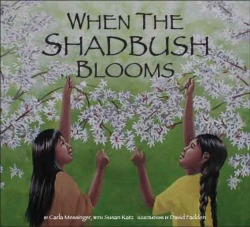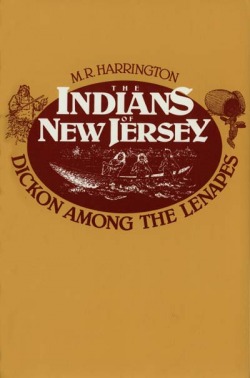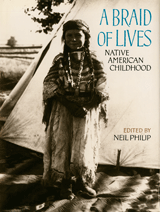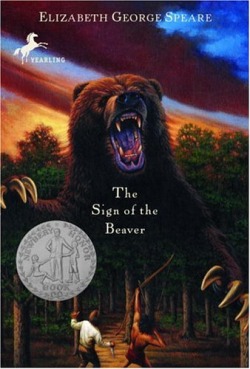Children's Literature
When the Shadbush Blooms by Carla Messinger, Susan Katz, and David Kanietakeron Fadden

In warm and glowing paintings, two Native American girls from different times - the past and the present - live through the seasons, side by side, in the warm embrace of their families. The past is nearly 400 years ago, when the Lenape people lived a traditional life barely touched by European traders. The present is contemporary America, as the Lenape continue to adapt to a changing world but remain close to the land and to each other. Includes afterword about the culture and history of the Lenni Lenape (formerly known as the Delaware Indians).
The Indians of New Jersey: Dickon Among the Lenapes by M.R. Harrington and Clarence Ellsworth (Illustrator)

By labeling this book as merely juvenile fiction, you have committed an error. Yes, this book could be enjoyed by a fourth grader, but its enormous wealth of details, its presentation of sophisticated concepts, and its intricate descriptions of such events as religious ceremonies, put this book within the adult reading level. There are even Lenape words sprinkled throughout the book and a tiny Lenape/English phrase dictionary at the back of the book. This novel is a fictional account of an English boy's rescue from drowning by a Lenape family. It details his life and the lives of those around him as he learns about and adapts to the ways of the Lenape people. He is eventually adopted into the family of his best friend. Along the way the reader is guided into every facet of Lenape life, down to the tiniest detail as to how leather was tanned and crops were grown, to the grandest concepts involving myth, legend, and the Sacred. This is not only a story about the Lenape people in particular, it is an excellent source of information for anyone wishing to know how the human race flourished before the advance of technology
A Braid of Lives: Native American Childhood

Grade 4 and up - This enigmatic book presents the remembrances of 33 individuals from 22 different American Indian nations, ranging from anonymous men and women to such well-known figures as Black Elk and Sarah Winnemucca Hopkins. Though the accounts were collected from 30 texts published since the late 1800s, most of them were originally dictated to historians or ethnographers, so the tone is conversational and readable. The black-and-white historical photos were well selected to illuminate the topics discussed or at least the nation of the speaker, and a few portray the speakers themselves. The enigma is the intended audience. Without accompanying background information, these personal stories could only be used as a supplementary resource for students writing reports, but it is unlikely that even middle or high school students would seek out such material. There is no topical index to the stories; there is an index of speakers and another of the Indian nations represented, both of which would facilitate research focusing on specific people or tribes. In the hands of the right teacher, this could be an excellent source for read-aloud material to augment a study unit.
The Sign of the Beaver by Elizabeth George Speare

A story of wilderness survival in 18th Century Maine about a young boy who is caught between two worlds. Shortly after Matt and his father finish building a cabin on their new settlement, Matt finds himself alone in the Maine wilderness with his nearest neighbor several miles away. With his father returning to civilization to get their family, Matts adventures begin. Matt is stung nearly to death by a swarm of bees, but manages to survive with the help of two local Natives, Attean and his grandfather, Saknis. As the summer progresses, the two boys have a number of adventures together, including killing an angry bear. In autumn, Matt is rejoined with his parents just after the snow flies.
What is nice about this story is that there are also two different guides that have been written to assist you when using this story in the classroom.
